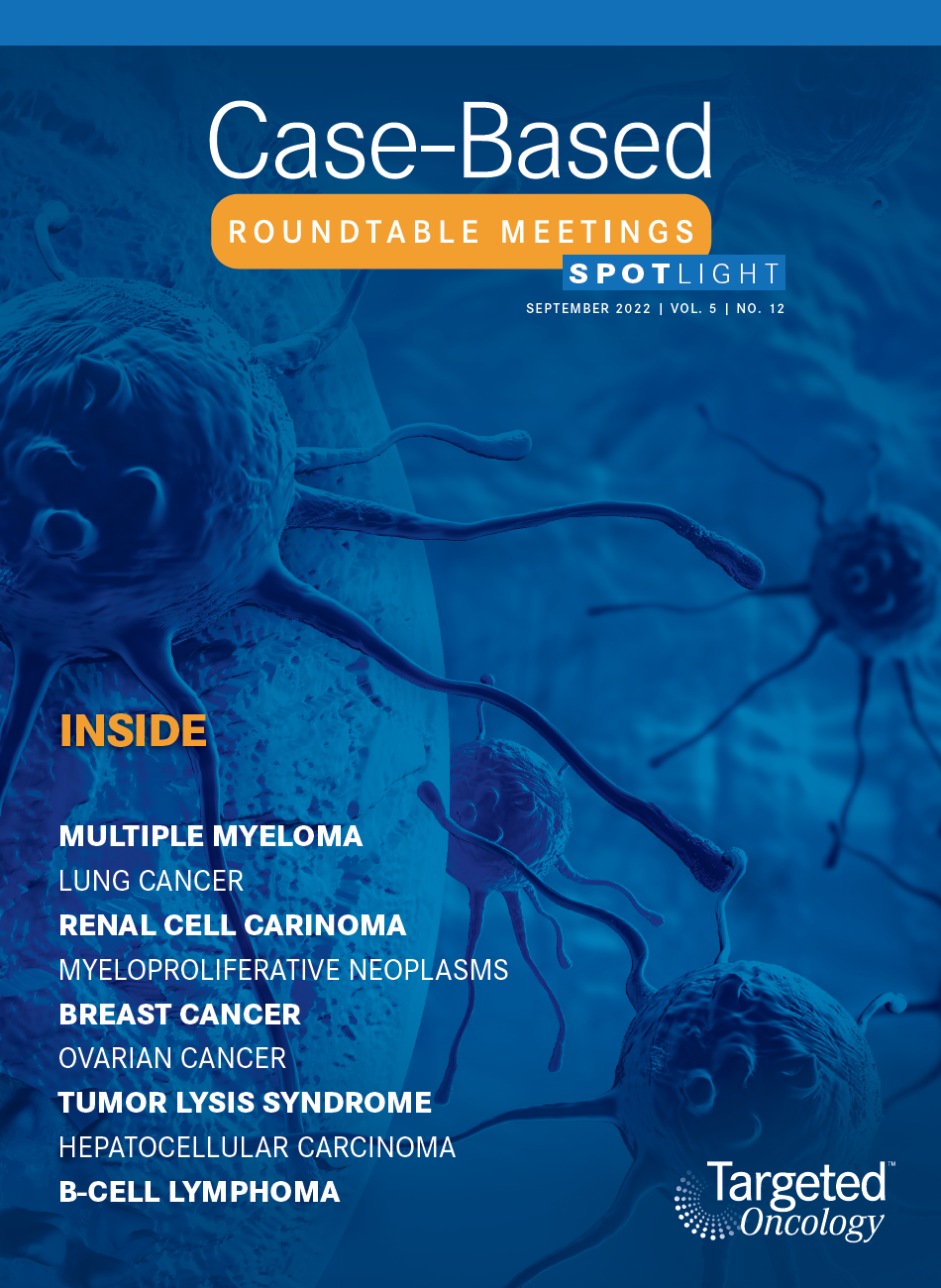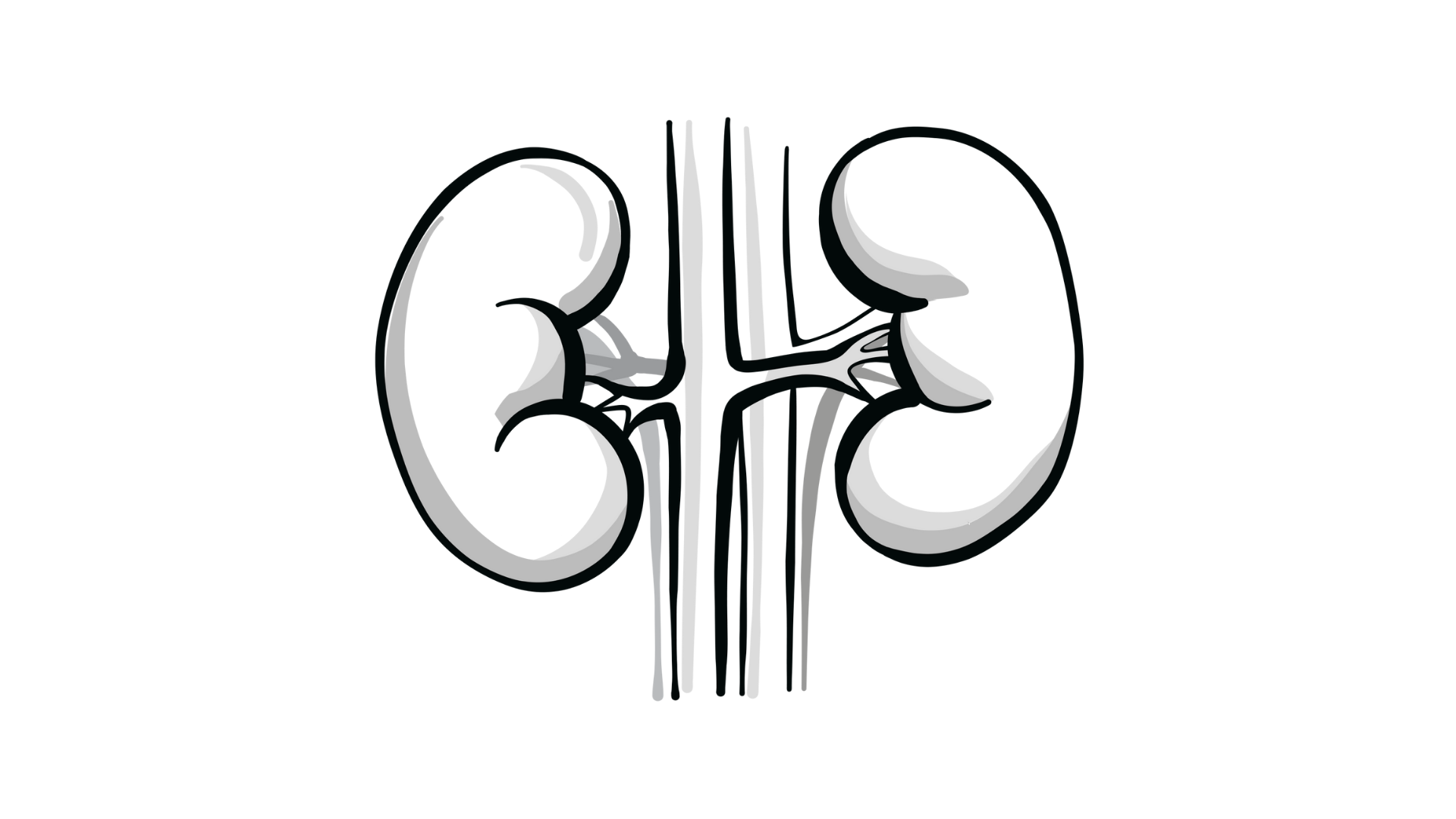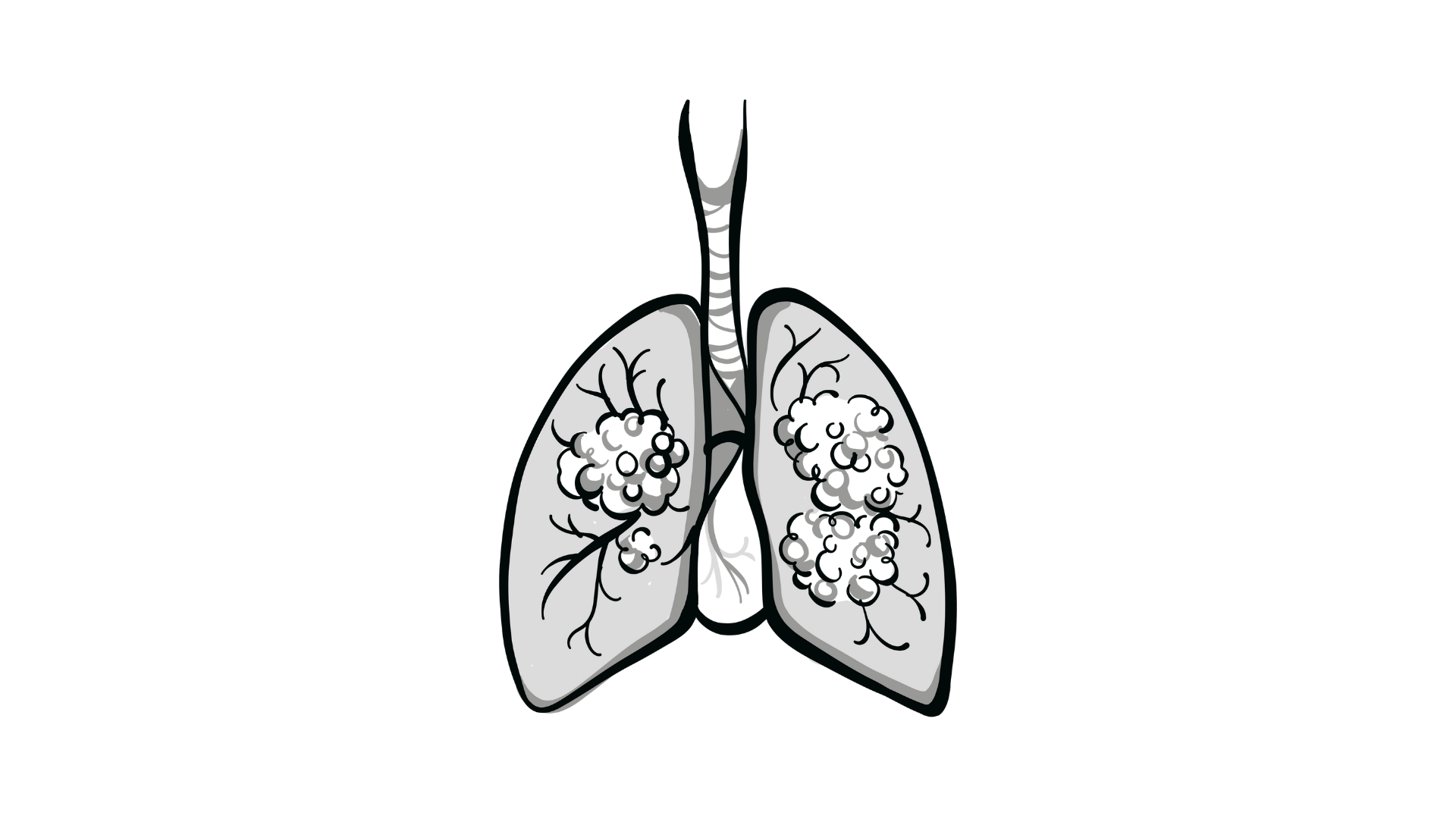Roundtable Discussion: Considerations of Transplant and JAK Inhibition Guide Treatment for a Patient With Myelofibrosis
During a Targeted Oncology case-based roundtable event, Andrew Kuykendall, MD, discussed the treatment options for a patient with myelofibrosis based on factors including platelet count.

Andrew Kuykendall, MD (Moderator)
Assistant Member, Department of Malignant Hematology
Moffitt Cancer Center
Tampa, FL


KUYKENDALL: When you’re thinking about a patient with myelofibrosis, what’s the trigger to initiate therapy for a patient like this?
WANG: Symptoms, but it depends on the risk factors. Mainly, if they have B symptoms, or if there’s anemia, splenomegaly, fever, chills, night sweats—anything that warrants treatment, or any high-risk features based on risk stratification.
KUYKENDALL: A lot of [these factors] are not modifying the underlying disease. The goal is to make patients feel better, and sometimes we can do that in different ways. Sometimes that’s spleen enlargement; sometimes it’s constitutional symptoms; sometimes it’s anemia.
What’s the importance to you in controlling symptoms? Is that something that you feel has prognostic value?
CARTWRIGHT: The first thing to consider is if the patient is a potential transplant candidate. A lot of patients are, but I always think about that first before deciding anything. Every patient is different. Some patients have a lot of symptoms, mostly with sweats and itching. For some people, the spleen is uncomfortable, so I think it depends on the patient, but controlling symptoms is the most important thing.
KUYKENDALL: It’s a good point, as far as transplant goes. I think until we have something that’s truly disease modifying, transplant has to be in the back of our minds for all these patients. That offers curative potential and it’s something that should be brought to the table right off the bat in patients who are transplant candidates who have higher-risk disease, which the majority of these patients do.

KUYKENDALL: Do you think about the timing of starting a JAK inhibitor? Do you think about getting this on board early [on] in the disease process, or do you ascribe to this idea of not wanting to waste your bullets and…save it until a patient may have more chance of benefitting?
YELLU: Usually, I start these medications for symptom burden or when a patient is experiencing worsening cytopenias. We could wait if the patient is asymptomatic or counts are stable, but when they need it, they need it. JAK inhibitors can be used as a bridge for transplant if the patient is eligible for transplant.
KUYKENDALL: To build on your point, let’s say you have a patient with myelofibrosis that presents with splenomegaly; you’ve seen it on imaging, maybe, but it’s not causing a ton of symptoms. Is that someone you consider to be a candidate for a JAK inhibitor, if they have moderate splenomegaly but it’s not causing them a lot of trouble?
YELLU: Yes and no. We could use a JAK inhibitor in those patients. There is no survival data for JAK2 inhibitors. We could wait, if that’s the patient’s preference to where they want to be, and work with JAK2, or wait until they develop symptoms.
KUYKENDALL: I agree. It’s a question we don’t fully know the answer to. We’ll go through some data on ways to think about it going forward, but it’s a challenging question we all struggle with.
We’ve talked about B symptoms or constitutional symptoms, splenomegaly, thrombocytopenia, anemia. Are you typically reaching for JAK inhibitors in the setting of splenomegaly and constitutional symptoms? Are you considering using them for cytopenias as well? What goes into your thought process there?
DANDAMUDI: Especially when the patient is cytopenic, it’s challenging. But the main thing is I would try to start JAK2 [inhibition] on a symptom basis; with splenomegaly, early satiety, night sweats, significant quality-of-life issues. Those are the people who I would try to start on JAK2. When there are cytopenias, now with the newer drug available, I would probably start very early.
KUYKENDALL: It’s certainly a challenge. Traditionally we’ve been using ruxolitinib [Jakafi], which has various different doses we can use. Are you someone who typically likes to start at a lower dose and see if that works, start low and escalate, or start with a higher dose and taper down if needed?
DANDAMUDI: I believe with ruxolitinib, less than 15 mg may not be helpful in myelofibrosis; so the higher the dose, the better it is. But with the cytopenias, that’s always a challenge. That’s why I’m very pleased to have the new drug. For cytopenic patients, pacritinib [Vonjo] would be a good option to think about.
KUYKENDALL: Definitely.

YELLU: This is a patient presenting with constitutional symptoms, cytopenias, and splenomegaly. The patient is symptomatic. He may be a candidate for a JAK2 inhibitor. He may be a candidate for transplant, but given the performance status of 2, I’m not sure whether he would be eligible for transplant. I think this is going to be more symptom reduction and helping cytopenias, so I would start treatment with a JAK2 [inhibitor].
KUYKENDALL: With the big spleen and the symptoms, that seems to be dominating the picture. I think we could all make the case that hypothetically, with the splenomegaly and the symptoms, the patient could benefit from a JAK inhibitor. How would you go about addressing these cytopenias? He’s got pretty marked thrombocytopenia here at 43 × 109/L.
KALMAN: If all you had was the ruxolitinib—which we don’t at the moment—you’d have to start at very low doses. But now, I would start with pacritinib.
KUYKENDALL: That’s certainly a timely suggestion, given the recent approval.1 I think that this would be a patient [in whom one] would be hard pressed to get a decent response to ruxolitinib, given his platelet counts.
You had mentioned the potential for transplant. This is a 68-year-old with high-risk disease and thrombocytopenia. How do you have that discussion, when you’re talking to him about potential transplant vs a JAK inhibitor?
CARTWRIGHT: The criteria for who’s eligible for transplant is constantly evolving. We used to say, “don’t [give a] transplant [to] people over 70 years old,” but that doesn’t seem to be the case anymore. A patient like this seems borderline for transplant, so I would discuss that as an option with him and refer him to see if he may or may not be a candidate. But you also have to tell him the medication isn’t going to cure things; it’s just going to control [the] symptoms.
This patient is 68 years old. He seems in reasonably good health. Half the 68-year-olds have type 2 diabetes, so it’s not a big deal, especially if it’s controlled. With a patient like this, I’m not absolutely sure what I’d do right off the bat, but I’d probably refer him for at least transplant. It’s hard to do clinical trials for rare conditions in private practice. You don’t see these patients that often.
For a patient like this, I’d probably…see if he’s a candidate for transplant and if there’s a clinical trial that I’m not aware of. It’s not like acute myeloid leukemia [where] they have to be started on treatment tomorrow. We have some time. Not only that, but a lot of patients also request second opinions anyway.
KUYKENDALL: That’s a great answer. When I talk to patients like this, we could do 2 things—transplant is certainly a curative option. I agree with you, this does seem like a borderline patient, but at the same time they might be someone whose performance status improves if they get treatment for their disease.
Who am I to say that they aren’t someone who might be motivated to go through [treatment] and get a curative approach? This might be someone who has their sights set on living another 20 or 30 years. I think a lot of this comes down to patient motivation, patient interest, health, transplant status, and donor availability. But I think from a disease standpoint, certainly that warrants a transplant consideration.
You touched on clinical trials. This is certainly a subject near and dear to my heart. Right now there are a ton of clinical trials for myelofibrosis, [though] not out in the community most of the time. Most of the time they’re at centers where a lot of these patients are being seen. Currently there are 11 phase 3 clinical trials for patients with myelofibrosis, all of which are expecting to enroll hundreds of patients, which is going to be a challenge. None of them have what I would consider to be curative intent, but they’re hoping to either broaden the treatment options for myelofibrosis or do something better than we’re currently doing. So, what would be an indication for you to refer a patient with myelofibrosis for a clinical trial?
WANG: I think if the patient’s performance status is good and there are no good available options, or if the patient is willing. I personally don’t do clinical trials [at my practice], but a clinical trial is never the wrong answer. I would assess performance status, look at the availability of clinical trials, and talk to the patient. If the patient is willing, screen them for clinical trials.
GLICK: Even if we agree that this patient should be evaluated at least at a tertiary care center for a transplant, is there any role for trying to reduce his spleen size [beforehand] or in the meantime while that’s being organized?
KUYKENDALL: Absolutely. I think the 2 are mutually exclusive. Transplant doesn’t happen tomorrow, and a lot of the features of this patient’s disease make him…a poor transplant candidate. They may be able to be improved with treatment. Splenomegaly sometimes delays engraftment and creates a problem from that standpoint when patients go into [receiving a] transplant with significant splenomegaly.
We can improve splenomegaly with a JAK inhibitor. Constitutional symptoms can certainly depress someone’s performance status. They can worsen their albumin [and] nutritional status, and that’s going to be a difficult transplant candidate. There have been several studies talking about timing of [the] transplant, how that’s done by bridging with JAK inhibitors. What we found from [the data from] those studies is it’s safe to do; it’s safe to treat with JAK inhibitors prior to transplant. Often it makes them a better transplant candidate.
The question is, how do you take them off [the inhibitors]? I think that’s the question the transplanters are asking. Do you taper them off right before transplant? Do you continue into the peritransplant period and taper off early in the transplant process? We run into problems with ruxolitinib discontinuation because it can cause cytokine release syndrome and rapid growth of the spleen when you take patients off.
Recently there have been intriguing safety data that confirm it’s safe to continue ruxolitinib early in the transplant process and try to take [patients] off sometime during that first month. It’s now complicated by the fact that ruxolitinib is approved for chronic graft-vs-host disease, so maybe it has a role in that process as well, but it does cause cytopenias.

KUYKENDALL: This goes back to the point that maybe there’s a role for JAK inhibition here. We’re talking about a patient with thrombocytopenia, big spleen symptoms. We have a lot of people that are up with the literature feeling very confident in prescribing pacritinib hot off the press. We do have [votes for] fedratinib [Inrebic]; I think it’s an interesting decision and certainly reasonable. Does someone want to explain why they’d reach for [what they voted for in the poll]?
WERTHEIM: I chose pacritinib because the platelets were under 50 × 109/L.
DANDAMUDI: I picked pacritinib too because of the platelets. That’s my favorite [option] right now.
KALMAN: I voted for pacritinib. The thing about pacritinib is how good it is [at reducing] symptoms. I think I would go with the labeled drug.

KUYKENDALL: Do you have experience using pacritinib in the clinic, including seeing a patient who is on a clinical trial?
KHAN: I’ve used it. I have a patient that was transferred to me from a tertiary care center, and he was already on it, so I’ve been following him. He’s on pacritinib 200 mg twice daily. I haven’t had any issues thus far. I guess you have to watch the kidney functions. He has stage III kidney disease, but his kidney functions have been stable.
KUYKENDALL: This is a drug that’s been utilized in several clinical trials, so the chances of someone being seen in the community who’s been on it is not uncommon, given the development that it’s gone through.
Does anyone want to chime in with their experience with fedratinib? Have you used it? Has the gastrointestinal [GI] toxicity been difficult?
AMIN: I have used it. There was some GI toxicity, but overall it was manageable. I used it in the second-line setting, in a total of 3 patients, because fedratinib has data [in both first and second line]. I use ruxolitinib for first-line [treatment]. Also, the patients were already on ruxolitinib before the drug was approved in both conditions. It gave some additional time for these patients. Ultimately, 2 of the patients passed away and 1 patient is still OK.
KUYKENDALL: You didn’t think the GI toxicity was overly challenging?
AMIN: No. Overall, the disease at that point is more challenging than the GI toxicity per se. They became transfusion dependent, but the drug helped reduce transfusion dependency because of some improvement in spleen size. But I didn’t see [GI toxicity] as challenging overall, I just think the disease was quite symptomatic that time.
KALMAN: I used fedratinib in 1 or 2 patients. It can work for some period of time in people who fail ruxolitinib, or there are some people who are intolerant of ruxolitinib. I think it’s good to have different options for these patients. You have to watch the thiamine levels with this drug. It was good to have for people whom, for one reason or another, I wanted to get off ruxolitinib.
KUYKENDALL: My experience has been that it’s hard to find the right patient for fedratinib. But having used it in maybe a dozen or so patients, I think the GI toxicity has not been overly concerning to me—at least with prophylactic antiemetics; counseling patients; knowing that it can cause loose stools, diarrhea, and advising [patients about] the high-fat meal to take it with. That was not what I expected when it first got approved, because some of these studies were done concurrently with ruxolitinib. The GI toxicity was something that was reported in a lot of these patients.
AMIN: I never start up front at 400 mg daily, although there is always an urgency where I escalate the drug dose over a period of 2 to 4 weeks.
KUYKENDALL: That’s interesting. I typically start with 400 mg and then dose reduce, but [it’s] interesting to hear the practice of starting low and escalating.

GLICK: It’s pretty exciting to have a new drug available to treat this rare disease, especially for the patients who have low platelet counts or who have failed ruxolitinib. There’s a new option for them.
KALMAN: I would definitely use it for somebody who has less than 50 × 109/L platelets, which is the label of the drug. Otherwise I think it will probably be third line unless you can use it in the first line, but I don’t know if you can get it paid for first line. It’s probably less than 50 × 109/L [in the first line], or second or third line.
KUYKENDALL: The data for the thrombocytopenic patients are remarkable and we don’t have too many options there [From the Data3]. The question is where does this fit otherwise, in patients who don’t have marked thrombocytopenia?

Seeing GI toxicity with pacritinib, and similarly what we see with fedratinib, how do you counsel patients on a drug that may make them have significant diarrhea, nausea, and vomiting?
DANDAMUDI: I would proactively prescribe antiemetics to make sure that the patient doesn’t have nausea and all this. I would also discuss about the diarrhea, using maybe loperamide [Imodium] or starting loperamide early rather than waiting, and see how he does. If it continues to be refractory, then I need to look into the dose adjustments and take it from there.

KUYKENDALL: What goes into your thought process as far as when to use a JAK inhibitor and which agent to use? What’s going to be the most important thing?
MAKONI: I’d look at thrombocytopenia and I would consider pacritinib for platelets less than 50 × 109/L.
KUYKENDALL: Does the nature of the symptoms come into play? We looked at how this impacts symptoms. Is that going to affect your specific JAK inhibitor or is it going to affect the dose of your JAK inhibitor? What if someone has a lot of constitutional symptoms but not a lot of spleen enlargement or spleen symptoms?
MAKONI: I would use JAK inhibitors for someone with constitutional symptoms and particularly pacritinib if you have a lot of constitutional symptoms.
KUYKENDALL: What about convenience or logistics? These are expensive medications. What’s been people’s experience in getting these drugs paid for and approved—has it been an easy process or difficult process?
AMIN: We have health maintenance organization [HMO] insurance in quite a significant amount in Florida, so there’s a battle, but it usually gets approved because it’s an FDA label. These agents are very expensive agents compared with any other targeted oral therapy. But ruxolitinib, pacritinib, and fedratinib are pretty much the same price. We choose [based] more on the clinical indication, but for price, they’re all pretty much comparable. Co-payment is especially an issue with the HMO patients.
KUYKENDALL: I’ll give you a hypothetical: What if one of these was a lot cheaper than the others; are the data strong enough? Let’s say fedratinib or pacritinib was a lot cheaper than ruxolitinib, would you still prefer to use ruxolitinib in those patients, or would you consider an alternative based on cost alone?
AMIN: No; then we’ll consider the cheaper drug. There’s no comparison, but looking at the data, it’s more or less going to fall into the same category. In fact, fedratinib has an indication in the second line and first line, and pacritinib works even in low platelets. If the cost is important, then go with the drug that is cheaper. I think it’s more rational too, economical. We have to consider financial toxicity. These drugs are very expensive though; the price of ruxolitinib is outrageous.
KUYKENDALL: It’s an interesting question. Unfortunately, they’re all very expensive so it’s not one that’s a true question; it’s more hypothetical at this point.
REFERENCES
1. FDA approves drug for adults with rare form of bone marrow disorder. FDA. March 1, 2022. Accessed June 30, 2022. https://bit.ly/3STTZof
2. Mesa RA, Vannucchi AM, Mead A, et al. Pacritinib versus best available therapy for the treatment of myelofibrosis irrespective of baseline cytopenias (PERSIST- 1): an international, randomised, phase 3 trial. Lancet Haematol. 2017;4(5):e225- e236. doi:10.1016/S2352-3026(17)30027-3
3. Mascarenhas J, Hoffman R, Talpaz M, et al. Pacritinib vs best available therapy, including ruxolitinib, in patients with myelofibrosis: a randomized clinical trial. JAMA Oncol. 2018;4(5):652-659. doi:10.1001/jamaoncol.2017.5818

Survivorship Care Promotes Evidence-Based Approaches for Quality of Life and Beyond
March 21st 2025Frank J. Penedo, PhD, explains the challenges of survivorship care for patients with cancer and how he implements programs to support patients’ emotional, physical, and practical needs.
Read More


















